Introduction
St. Donatus [dun-ae-tus] was founded by immigrants from Luxembourg and built on the backs of the farm economy, never getting too big for its britches. The village has a few attractions that merit a quick stop (including several stone buildings that date to the 1850s), but the real treats are the festivals.
Visitor Information
If you have questions about the village, your best bet is to ask someone at Kalmes Restaurant (100 N. Main St.; 563.773.2480). They can find someone who will know the answer.
History
When Flemish missionary/explorer Father Louis Hennepin came through this area around 1680, the ground was littered with bones and skulls from a major battle between Native American nations; he called the area Tetes des Morts or heads of the dead, which is still around as the name of the township in which St. Donatus is located.
Settlers who eventually founded the town of St. Donatus were natives of Luxembourg who left Europe in the 1840s to escape growing poverty and famine. The first immigrant from Luxembourg, John Noel, arrived in 1838 and was joined by his brothers, Franz and Johann, in short order. In 1846, Peter Gehlen arrived and founded the village. He chose to name the village after Saint Donatus, the patron saint of protection from lightning and violent storms. I’m not sure why he saw a connection between lightning and this particular valley; I guess you had to be there. Early settlers built log cabins until they had collected enough limestone to build more permanent structures. Gehlen built a large limestone house and barn in the late 1840s that served as his private residence, as well as the village post office, store, hotel and saloon. (The house is still around, now doing duty as the Gehlen House Bed-and-Breakfast and the barn is open to the public during festivals such as SorghumFest.) Throughout its history, St. Donatus has remained a small village closely tied to the farm economy. Things aren’t much different today, although its impressive collection of 19th century Luxembourg architecture has earned the entire village a spot on the National Register of Historic Places.
Exploring the Area
St. Donatus Catholic Church (97 1st St. E.; 563.583.0092) was dedicated in 1860. Interior highlights include the German Baroque altars and the Statue of Our Lady of Luxembourg on the right side of the nave. (This statue is usually on the left, but the family that paid for it sat on the right side.) The rectory was built from the same native limestone in 1857.
The Outdoor Way of the Cross, the first one in the United States, was completed in 1862 under the leadership of Father Michael Flammang, the same priest who directed construction of the church and school building. The path is not paved—unless you count sheep dung as paving—and it does get a bit steep—and slick—at times, but it is worth the effort to go all the way to the Pieta Chapel (built in 1885) at the top. The cemetery behind the church has a number of remarkable headstones from the 19th-century.
In 1854, the first Lutheran services were held in St. Donatus at the home of John Felderman. The current St. John Lutheran Church (US Highway 52; 563.773.2313) was completed in 1921. After the old church was razed in 1919 and before the new one was ready, services were held again at the Felderman home. The altar dates to 1909 and was brought over from the old stone church. St. John’s had German-language services until the late 1930s.
The Fritz Chapel (308th St.) is located in an atmospheric valley just six miles south of St. Donatus. The road quickly turns from blacktop to gravel and passes by St. Nicholas Cemetery and the old St. Nicholas Church (built in 1855) before reaching the small chapel two miles west of US 52. Matthias Fritz, his wife, and six children immigrated to the United States in the mid-1800s from Luxembourg. The trans-Atlantic voyage took 42 difficult days. Matthias vowed that, if he and his family survived the trip, he would build a chapel to thank God for their safe arrival. In 1852, he fulfilled his promise by building this small chapel, laying the stones and carving the wood himself. His descendants continue to maintain the chapel.
Entertainment and Events
Festivals
National Luxembourg Day in St. Donatus is celebrated in traditional Midwestern style: with a buffet dinner (Kalmes Restaurant, 100 N. Main St.; 563.773.2480; usually June 23 unless it falls on a weekend night). Luxembourg has been celebrating the sovereign’s birthday since the 18th century. Grand Duchess Charlotte had a long reign in the early 20th century; her birthday—January 23—was a tough time of year to throw a good party, though, so, in 1961, the official celebration day was moved to June 23. Dig in and enjoy the homemade noodles, cabbage, triepen (blood sausage without casing), or Wiener schnitzel.
Come back the last Saturday in September for Sorghum Fest and learn how to take a sorghum plant and transform it into a molasses-like syrup that is a little sweeter than the stuff you are probably more familiar with. The stalks are pressed to extract juice, then the liquid is boiled down ten-fold; ten gallons of pressed juice yields only one gallon of sorghum. During the festival, you can also tour the Gehlen Barn, Iowa’s oldest barn, built around 1839, and one of the coolest barns you will ever see.
**Looking for more places to visit along the Mississippi River? Check out Road Tripping Along the Great River Road, Vol. 1. Click the link above for more. Disclosure: This website may be compensated for linking to other sites or for sales of products we link to.
Where to Eat and Drink
Kalmes Restaurant (100 N. Main St.; 563.773.2480) has a fairly standard Upper Midwest supper club-type menu with steaks and seafood, sandwiches for those with smaller appetites, and a handful of dishes from Luxembourg, like homemade pork sausage. You should try to get here for the Luxembourg Day buffet (see above).
Resources
Post Office: 118 E. 1st St.; 563.773.8373.
Where to Go Next
Heading upriver? Check out St. Catherine.
Heading downriver? Check out Bellevue.
Community-supported writing
If you like the content at the Mississippi Valley Traveler, please consider showing your support by making a one-time contribution or by subscribing through Patreon. Book sales don’t fully cover my costs, and I don’t have deep corporate pockets bankrolling my work. I’m a freelance writer bringing you stories about life along the Mississippi River. I need your help to keep this going. Every dollar you contribute makes it possible for me to continue sharing stories about America’s Greatest River!
St. Donatus Photographs
©Dean Klinkenberg, 2009,2018
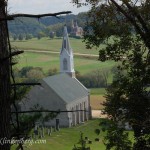
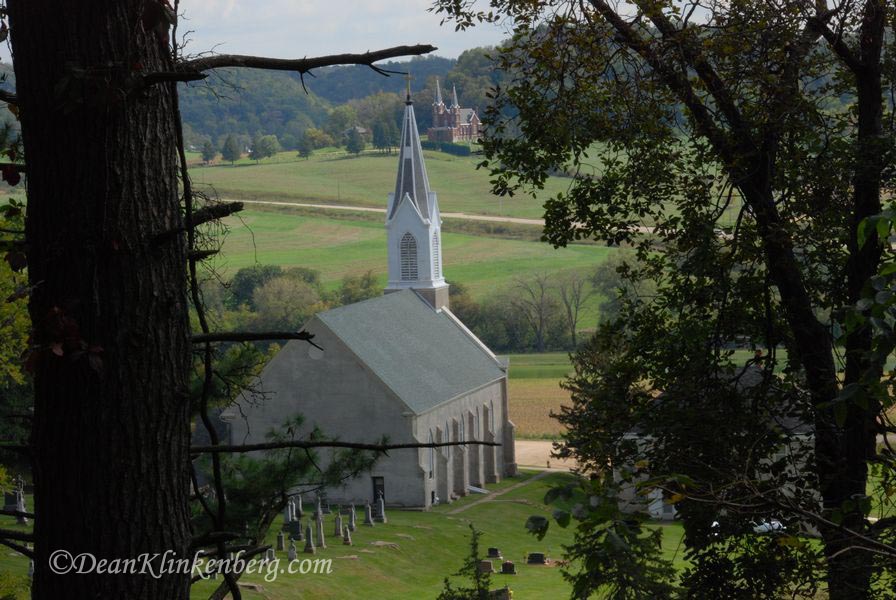

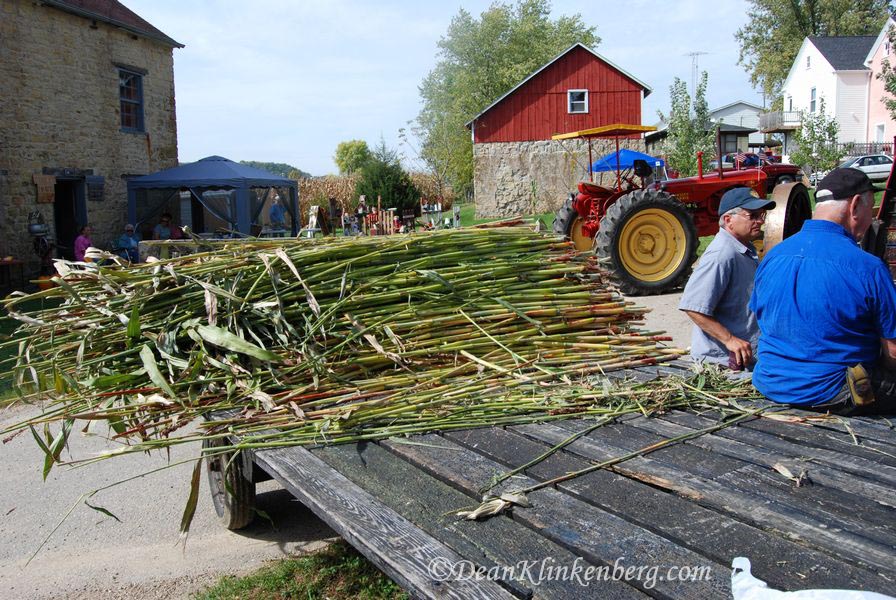
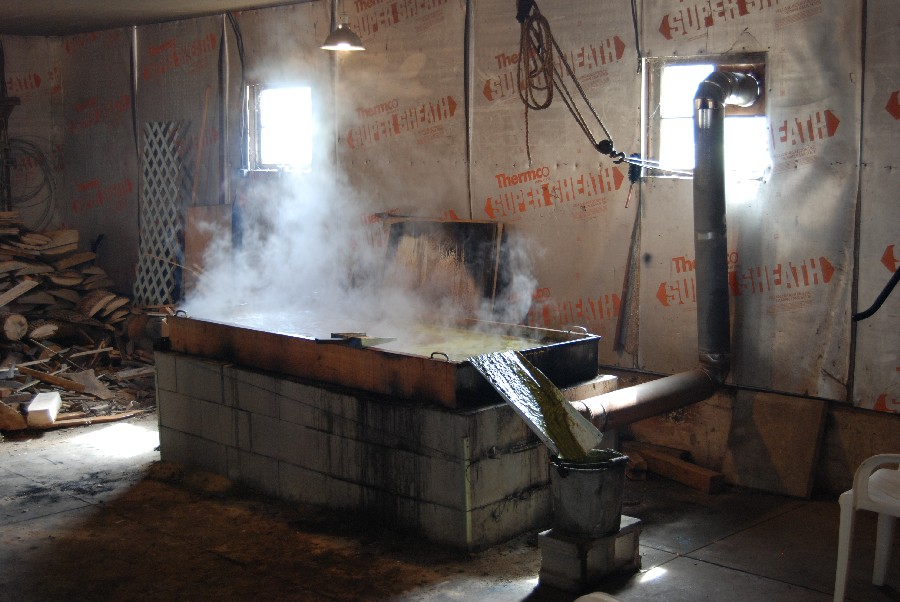
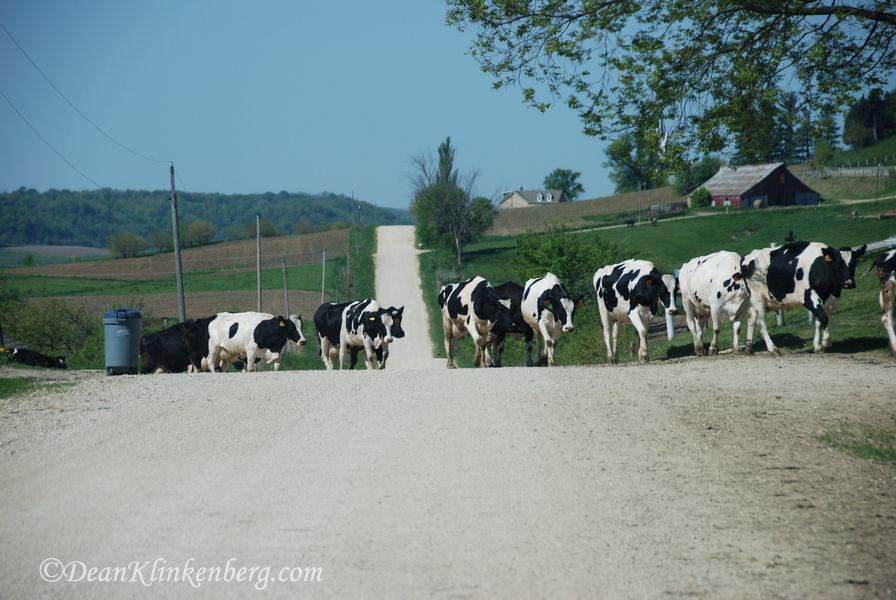
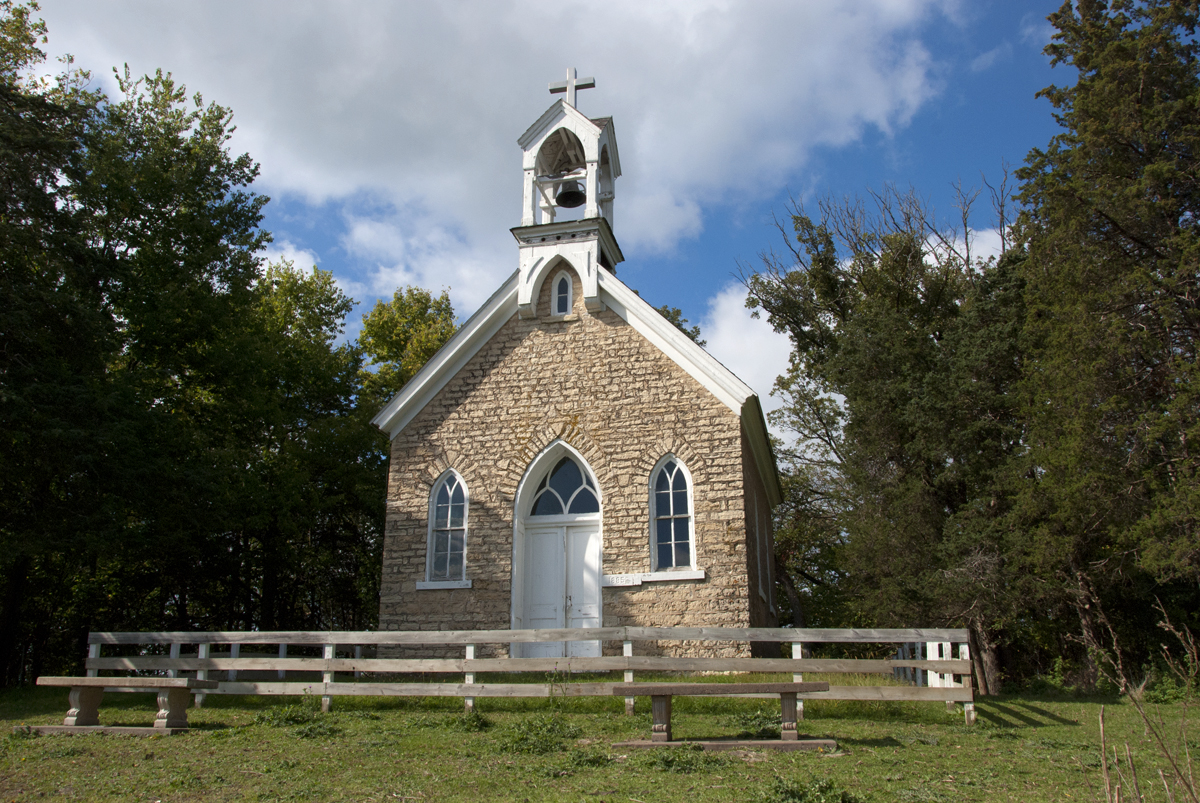
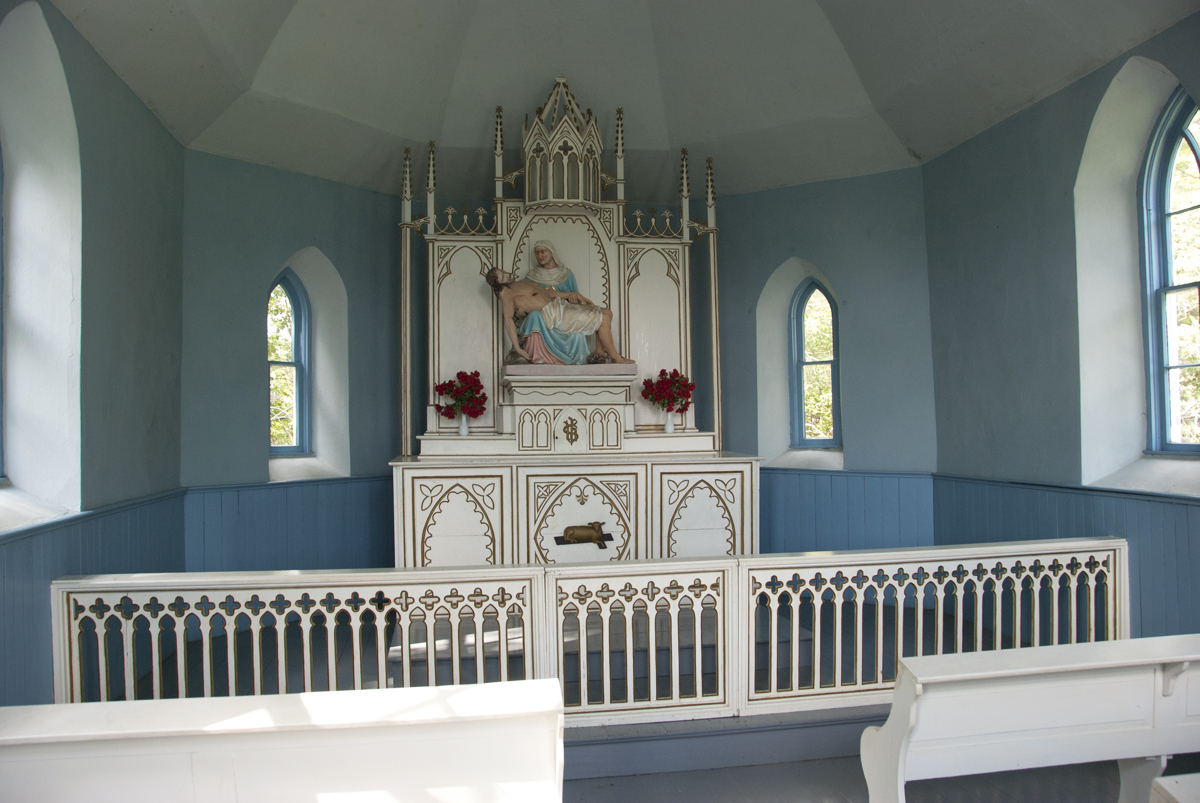

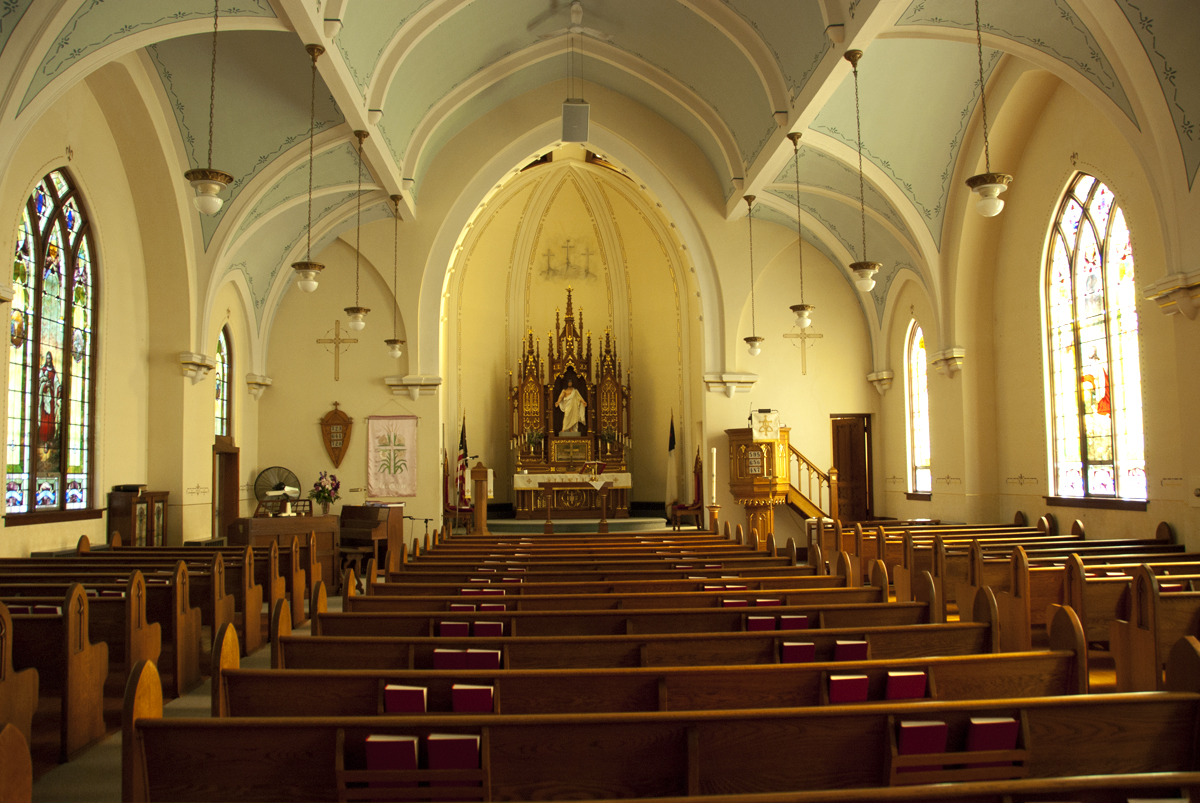
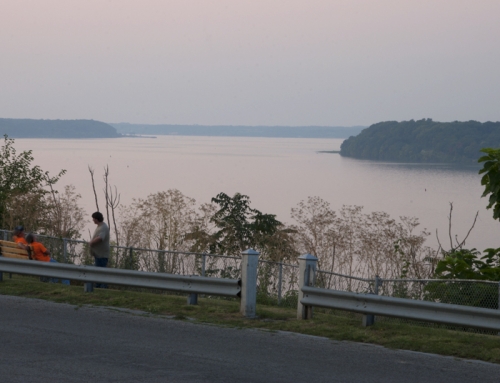
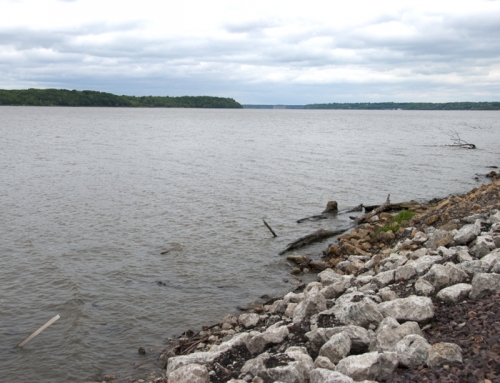
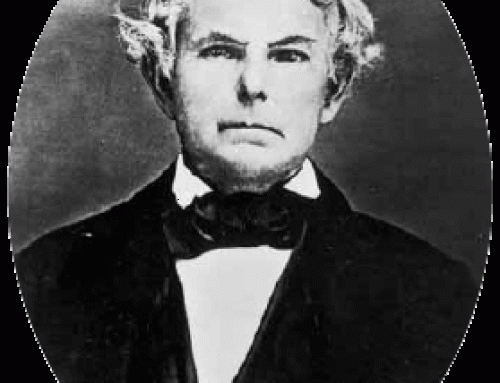
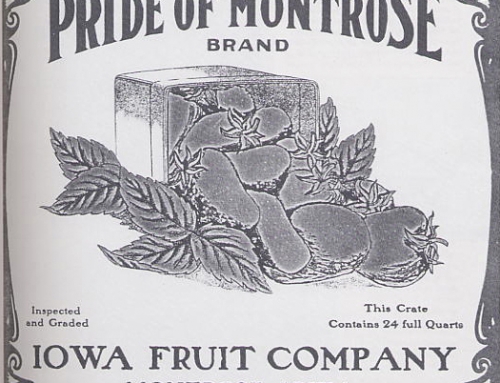
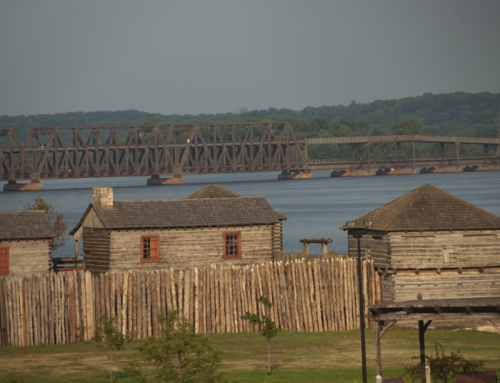
Thanks for the info, Bonnie! The November event sounds interesting. I’ll make a note about it and see if I can get up there.
The first official church was a framed church built in 1851. This church burned in 1856 and rebuilt in 1860. This church was gutted by fire in 1907. They same walls were used and rebuild the present day church. Events: 2017 will mark the 54th year for the parishes Sausage and Pancake Meal. Homemade smoked pork sausage, pancakes, applesauce and sweet rolls. Also prizes and country store. Held the first Sunday in November every year. The parish museum will also be open that day. Come join us.
Not sure if this is the venue to ask these questions, but I will give it a try. I am researching my ancestry and I know that my Grandpa, Henry Kettler came from Tete Des Morts. His parents evidently settled here in the mid to later 1800. I suspect that some of the ancesters would be intered at the Catholic Cemetary. Henry’s parents were Johann Theodor Kettler, Helena Ricker (Kettler), and Johann’s parents were Johann Theodor Kettler and Euphemia M Lohenrich.
Helena Ricker (Kettler) is a stump point for me. There seems to be another woman who’s name is long and strange. I did not write it down originally (should have) but, bottom line I can’t find anything on Helena, maybe he other woman is the same?? Changed name to match America??
If you have any thoughts on obtaining more information, please advise.
Thanks so much if you can help.
Mick Scheid 3034701367